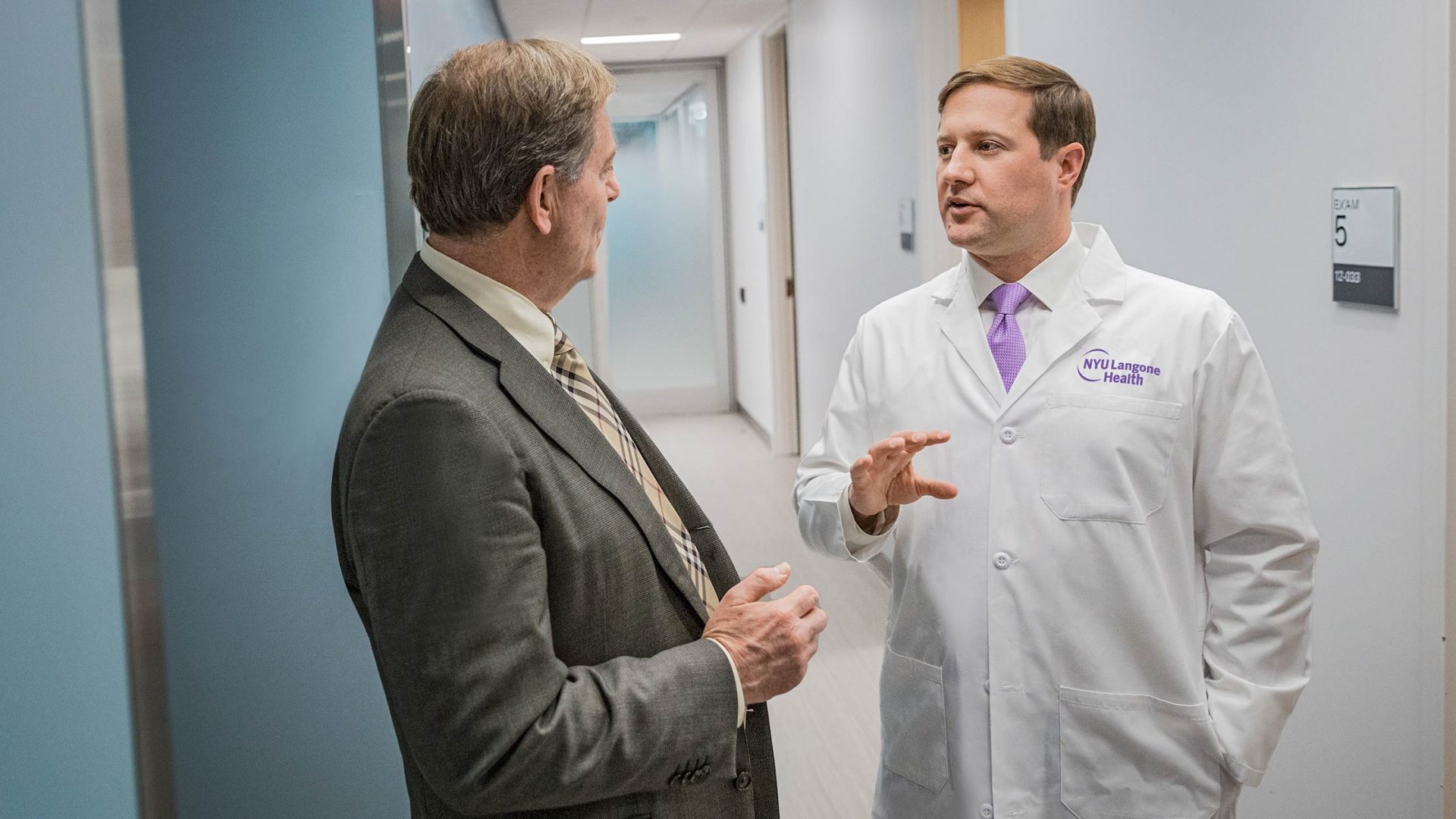Given the limitations associated with radical prostatectomy and radiation therapy, partial gland cryoablation (PGCA) has gained an increased role in patients with low- and intermediate-risk prostate cancer. For those patients who choose PGCA to minimize quality of life adverse events, it is essential to set realistic expectations for sexual function after treatment.
In a recent study published in Urology, urologic oncologists Herbert Lepor, MD, and James S. Wysock, MD, examined sexual function following primary PGCA over a two-year period to help providers have more informed discussions with patients concerning erectile function.
“While all treatments for localized prostate cancer must balance oncological and functional outcomes, we hope this research equips providers with key information to better discuss expectations around sexual function following PGCA.”
James S. Wysock, MD
“Our study uniquely stratifies sexual function outcomes according to baseline erectile function and examines factors associated with reduced sexual function,” says Dr. Wysock. “While all treatments for localized prostate cancer must balance oncological and functional outcomes, we hope this research equips providers with key information to better discuss expectations around sexual function following PGCA.”
Evaluating Functional Outcomes
In March 2017, the researchers initiated a prospective outcomes registry that captures both oncological and functional outcomes following PGCA. For the present study, they identified men who met the following eligibility criteria: a PIRADS 2-5 lesion concordant with unilateral GGG 1-3 disease, no gross extra-prostatic extension on multiparametric MRI (mpMRI), GGG >1 contralateral to the region of interest, or distal apical disease on mpMRI.
In total, 106 patients met inclusion criteria and they completed the Sexual Health Inventory for Men (SHIM) scale at baseline, 6 months, and 24 months.
The ability to sustain erection (also known as “potency”) was defined as a score of 3 or greater on question 2 of the SHIM index, after which they measured median SHIM scores and the proportion of men reporting “potency” at baseline, 6 months, and 24 months, and compared erectile function at these respective timepoints.
Erectile Function Improves Over Time
The results showed a statistically significant decrease in SHIM scores between baseline and 6 months, and baseline and 24 months, for the entire cohort and for all subgroups stratified according to baseline erectile dysfunction (ED) severity. However, significant improvements in median SHIM scores were observed between 6 and 24 months for men with no ED or mild ED at baseline.
In addition, for men with no ED at baseline, 93 percent regained potency at 24 months.
“These sexual function outcomes following PGCA are far superior to those achieved following radical prostatectomy or radiation therapy.”
Herbert Lepor, MD
“These sexual function outcomes following PGCA are far superior to those achieved following radical prostatectomy or radiation therapy,” says Dr. Lepor. “Many of my patients choose to undergo PGCA over radical prostatectomy due to superior quality of life outcomes.”
Questions Still Remain
In order to further optimize sexual function outcomes, initiating PDE5 inhibitors immediately after PGCA may be a reasonable strategy, adds Dr. Wysock.
According to Dr. Lepor, all treatments for prostate cancer must balance oncological control and functional outcomes, noting that the three-year oncological outcomes are currently under review, with early observations suggesting that these encouraging sexual function outcomes are achieved equally with strong oncological outcomes.
In future studies, the researchers will continue to evaluate whether PGCA preserves quality of life while maintaining long-term disease control.







